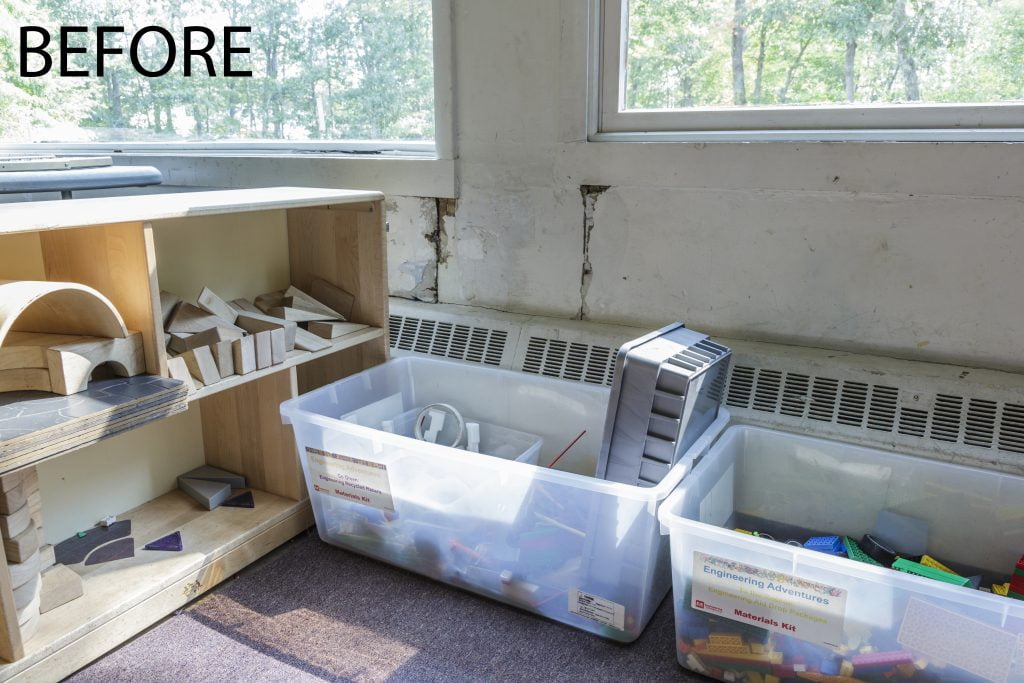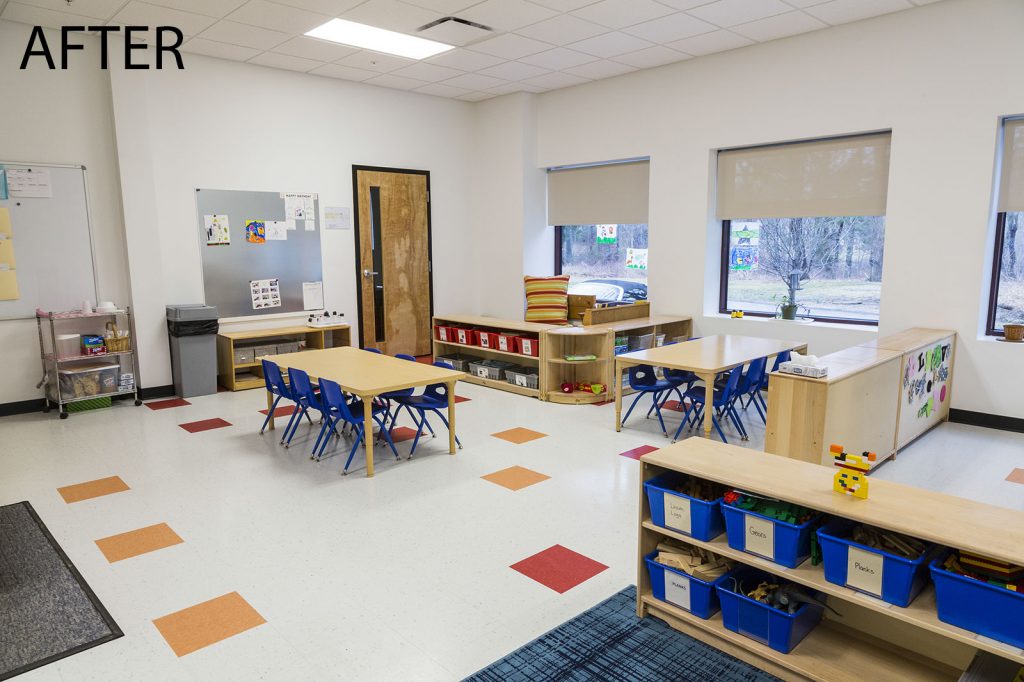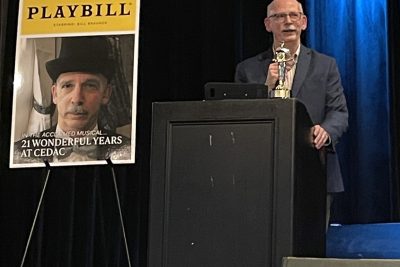Massachusetts is only the second state in the nation to make capital bond financing available for early childhood education (ECE) and out-of-school time (OST) facilities. In 2013, state legislators passed a bill that led to the creation of the Early Education and Out of School Time (EEOST) Capital Fund, which provides capital grants of up to $1 million for providers across the Commonwealth to improve existing, or create new program facilities. (Read more about EEOST and the need for high-quality child care facilities in INSITES: Guiding Quality Early Education Facility Design).
On August 31st, Lieutenant Governor Karyn Polito announced the most recent EEOST awards – $4.1 million to five programs. She was joined in Webster, MA by U.S. Representative Jim McGovern, State Senator Ryan Fattman, State Representative Joseph McKenna, Massachusetts Secretary of Education James Peyser, Massachusetts Commissioner of Early Education and Care Tom Weber, CIF’s Director of Children’s Facilities Finance, Theresa Jordan and Webster Town Administrator Doug Willardson. This impressive turnout of elected officials reflects the recognition that investing in early education environments is imperative to Massachusetts families and communities.
Success To-Date
Over $15 million has been awarded to support 21 projects across the state since 2014. These projects are collectively increasing the capacity of the early education and care system by 448 new slots, improving the quality of learning environments for 2,036 children, and creating 34 educator jobs and 360 construction jobs.
Take two examples:

One afterschool program provided care in two locations. One was a site that the provider owned; the other, space leased from a church. The classrooms in the church were small and in disrepair. There was little flexibility with the space, given that each weekend it was used for church programming. With a $1 million EEOST grant, the afterschool provider was able to add onto the building that it owned and move the children from the church to consolidate its child care space.
Another program served children in an old storefront, in which classrooms received no natural light and were poorly ventilated. The provider received $400,000 from EEOST to build a brand new facility that not only includes spacious classrooms but a commercial-grade kitchen, separate homework space, a yoga studio, and a gym (see AFTER picture at top of post).

These projects transformed their spaces to high-quality facilities for the children they serve. With EEOST funding, providers are moving children from basement classrooms with no or limited daylight to bright and airy, well-equipped learning environments. They are addressing years of deferred maintenance that put a strain on an organization’s operating budget as well as impact the health and well-being of the children in their care. They are serving the state’s neediest children.
A Focus on Low-Income Children
Of the more than 2,000 children that EEOST is impacting, 86 percent are children from low-income families. While the grant program requires that at least 25 percent of the children applicants serve be from low-income families that are eligible to receive public subsidies (such as child care vouchers, TAFDC, or SNAP benefits), most awardees well exceed that threshold. Four out of the five organizations awarded in FY17 serve over 85% low-income children.
The focus on children from low-income families is intentional, given decades of research demonstrating that the achievement gap begins well before a child’s first day of kindergarten and that children experiencing poverty benefit the most from high-quality early learning experiences. EEOST continues to meet this need by focusing on organizations serving under-resourced populations.
Leveraging Additional Resources
EEOST funds, while significant, only cover a portion of the full cost of a construction or renovation project. Most programs piece together additional funding from community banks, foundations, individual donors, and federal sources. The 21 projects funded by $15 million in EEOST are leveraging over twice that amount—$36 million—in additional funds. Many organizations note that EEOST acted as a catalyst for fundraising by demonstrating the state’s commitment to the project.
Looking Ahead
The Massachusetts Department of Early Education and Care (EEC) recently announced that $3.6 million is available in the FY18 EEOST Capital Fund grant round. EEC will hold information sessions in Boston on October 2nd, and Springfield and Worcester on October 4th.
The Commonwealth’s dedicated funding source for ECE and OST facilities is unique. Around the country, community development financial institutions have mentioned to Children’s Investment Fund that they are intrigued by EEOST. On September 27, Roger Herzog and Theresa Jordan will participate in a panel on child care facilities at the Opportunity Finance Network’s (OFN) fall conference. The session, entitled “State and Local Innovations to Finance Child Care Facility Development: Examples from Four Communities,” features EEOST as one of these innovations.
It’s clear that the demand for high-quality child care facilities continues to grow in Massachusetts. Once again, the Commonwealth has set the standard for creating innovative community development solutions. We are looking forward to working with the next group of EEOST awardees as they seek to build a stronger future for the Commonwealth’s children.








